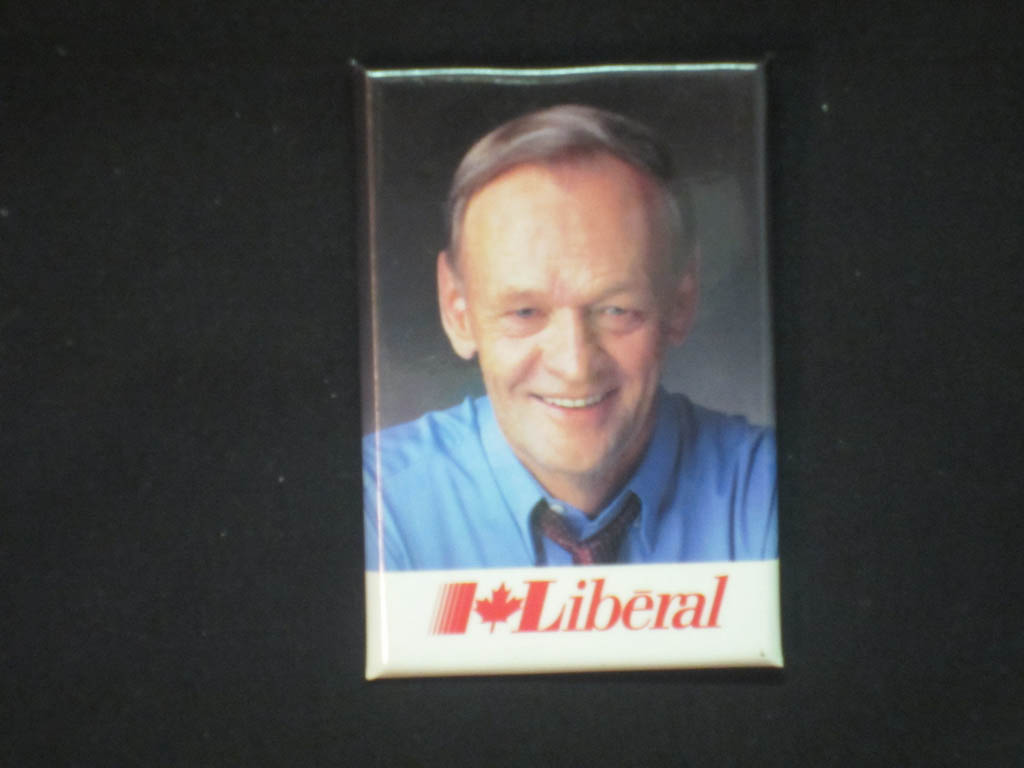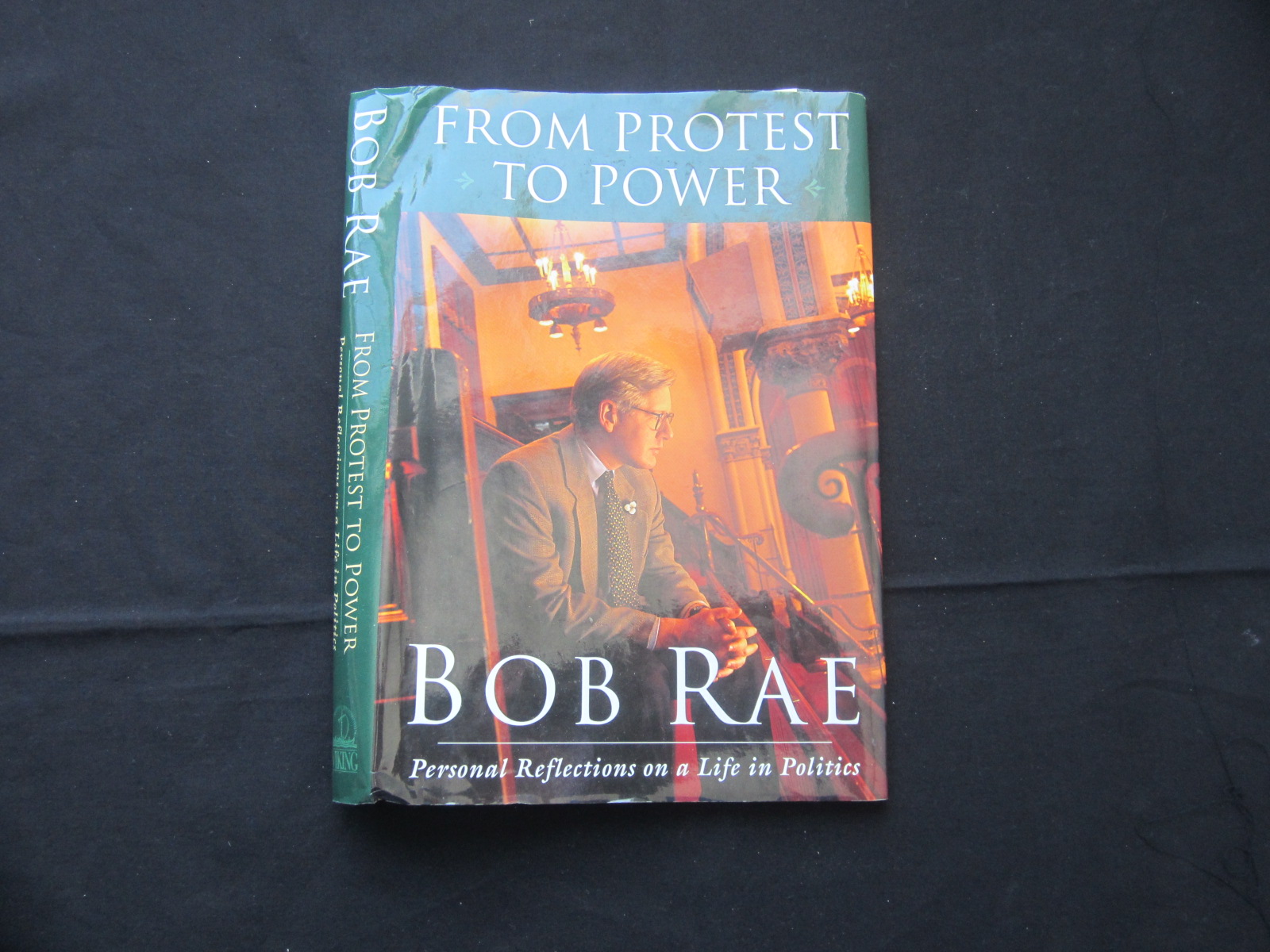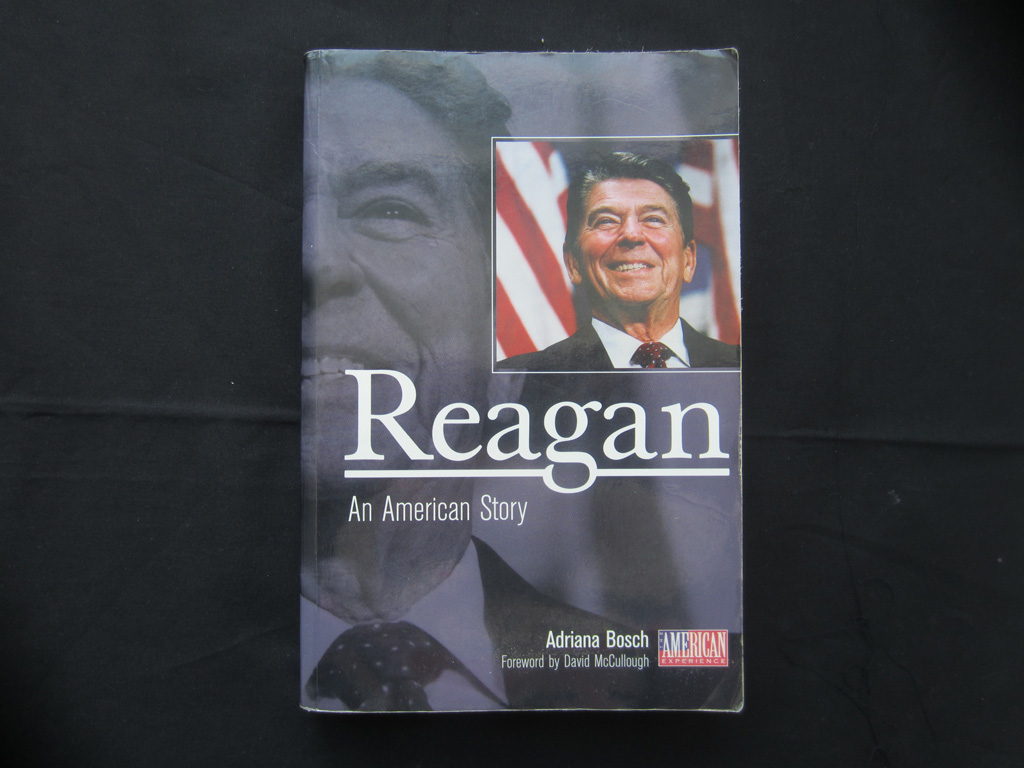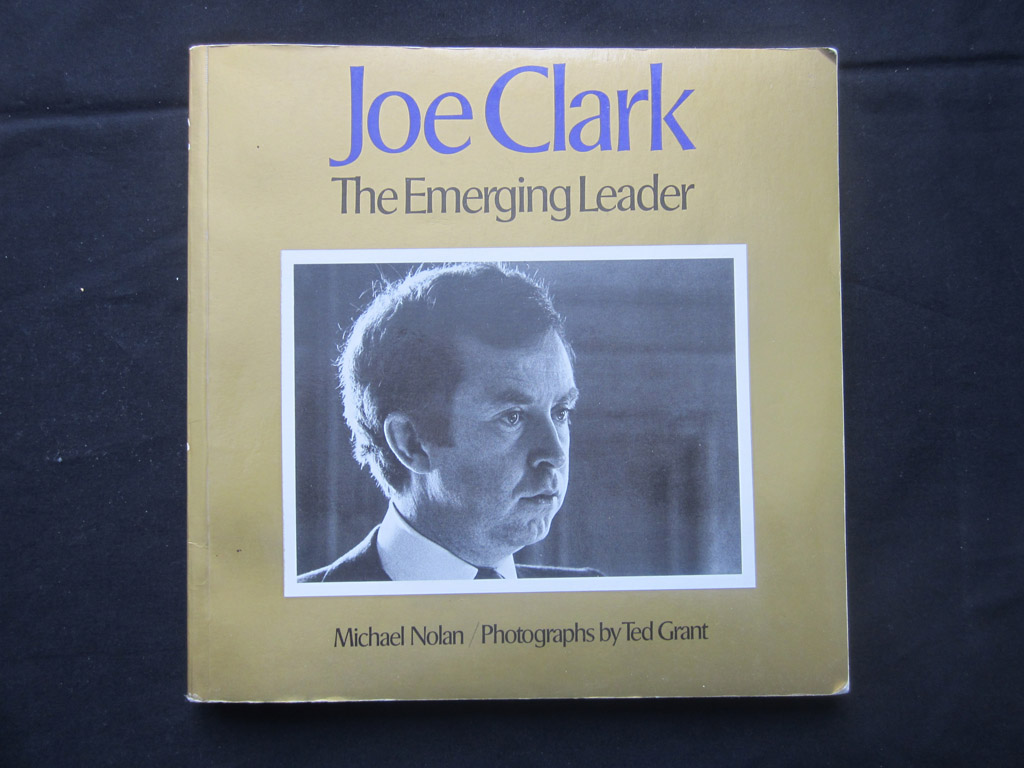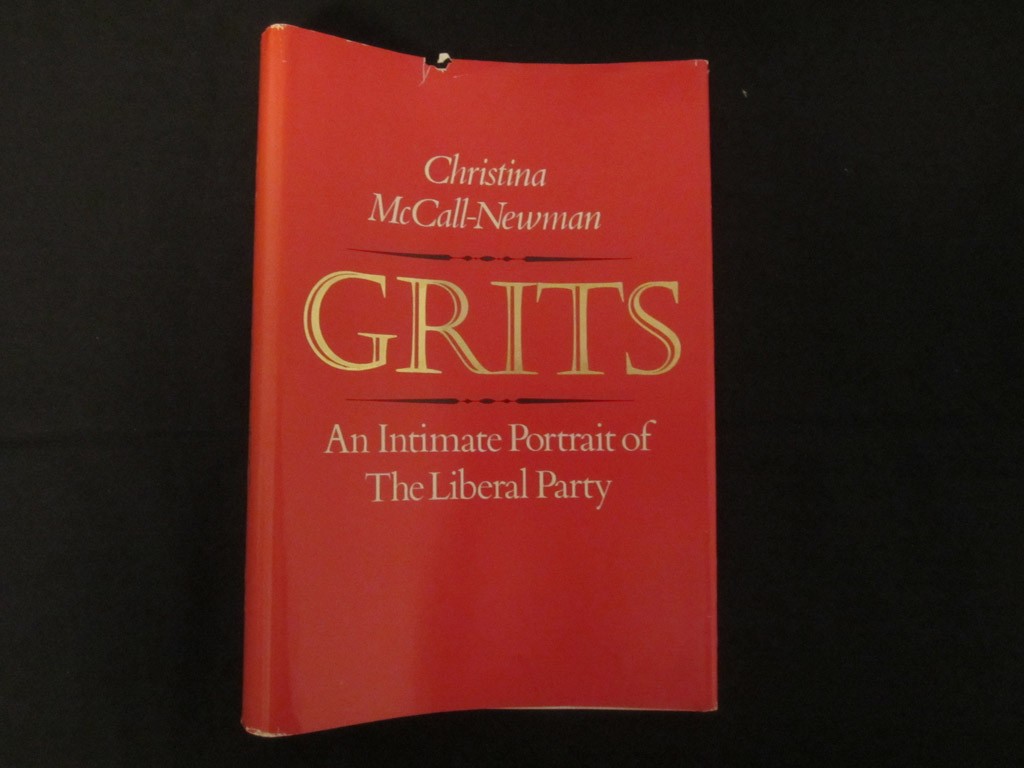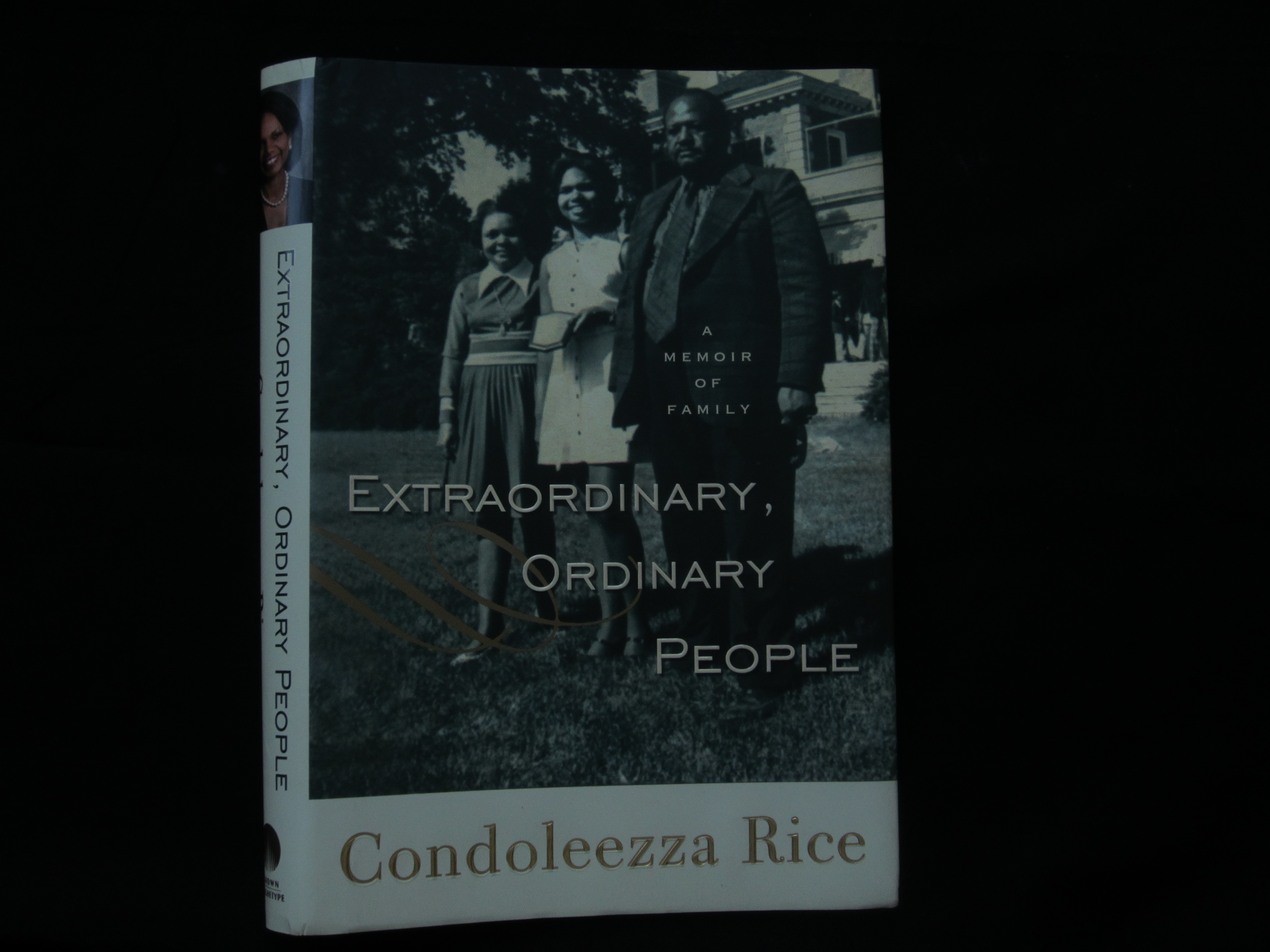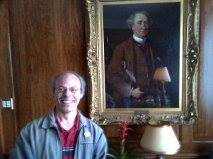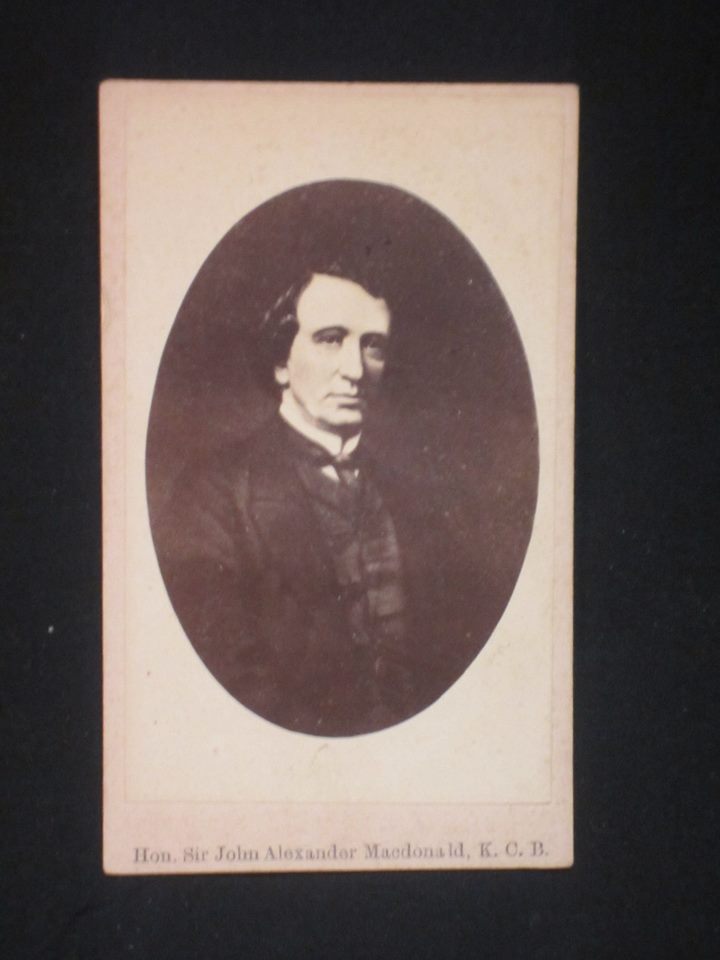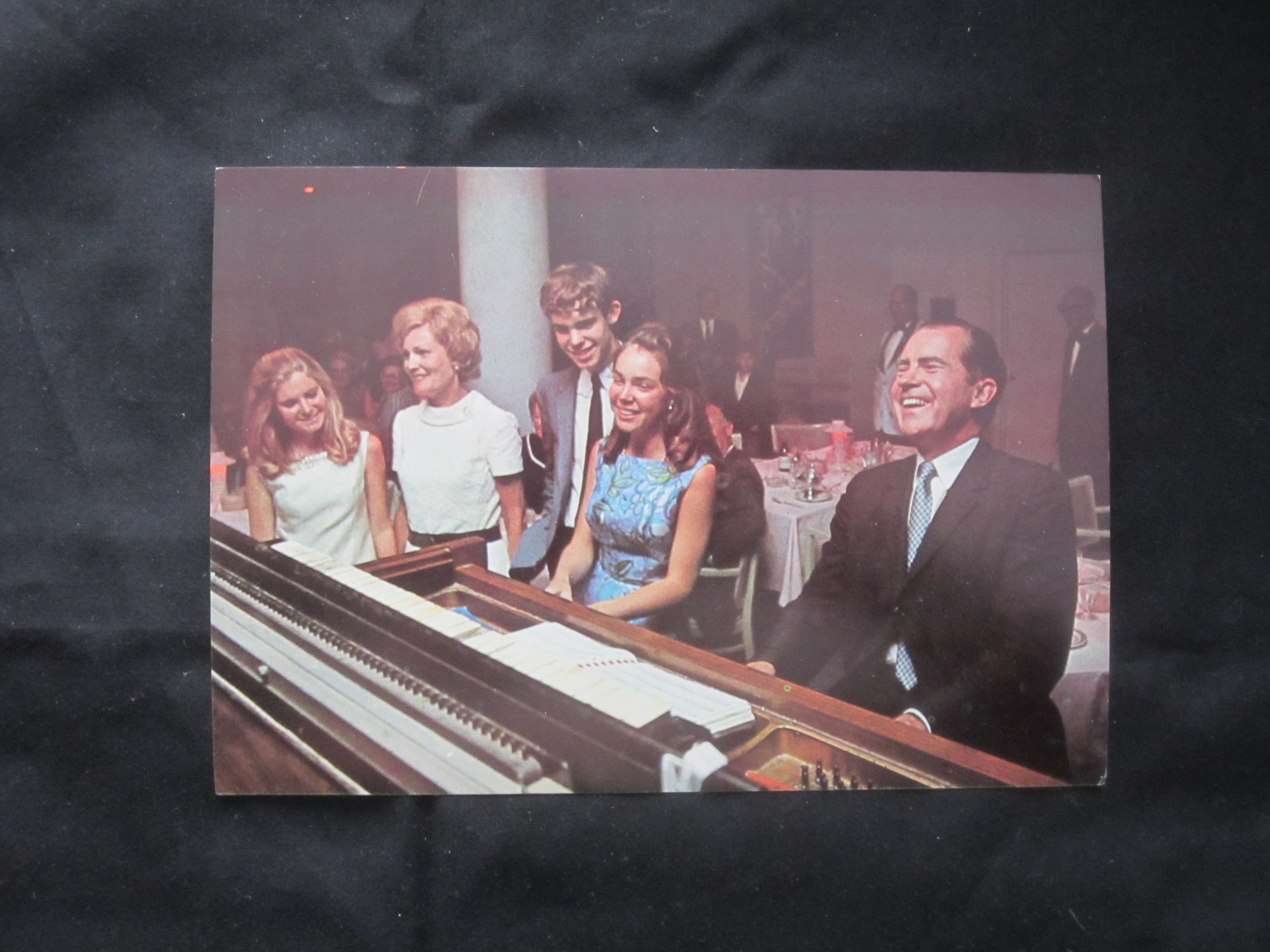
Last week, I launched a blog idea that I promised when I launched the site. The first Bill’s 6 proved to be very popular. Here’s the follow up. Week 1 was for Canada…here’s the one for the U.S.
In putting this list together, I want to point out that I specifically chose not to include areas of public policy. Governments are elected to enact legislation and I have no desire to open a debate on the merits of those policies (it’s the reason “the Pardon” isn’t on the list). That goes beyond what I’m doing with this list (besides…it could anger people and the intent of this particular list is entertain). Also, when I launched the site, I noted that I wasn’t going to include contemporary politics. Therefore, I am not including anything on the list about anyone or anything that could in any way be considered as a part of current politics (again…don’t want to anger people about current events). I hope that you enjoy…
6. Henry Wallace – Wallace was a Republican that Franklin Roosevelt appointed as Secretary of Agriculture. He would later appoint him as his Vice-Presidential nominee. He proved to be a poor choice and was dropped from the ticket going into the 1944 election. Roosevelt was re-elected as President with Harry Truman sworn in as Vice President in 1945. 82 days later, Roosevelt was dead and Truman was president. Had Wallace not proven to be such a poor Vice President, he could very well have been President of the United States.
5. The First 1960 Debate – John Kennedy showed up tanned and wore make up. Richard Nixon did not. Polls after the debate showed that people who listened to the debate on radio thought Nixon had one. People who watched it on TV though Kennedy had won. Many more watched it on TV. Kennedy suddenly gained credibility as a candidate and would ultimately win the election. Not wearing make up cost Richard Nixon the presidency. For John Kennedy Items CLICK HERE!
4. 1948 Chicago Sun Times – Dewey Defeats Truman. Or so said the headline the day after the election. The polls and pundits all said it would be true. The paper, seeing no reason to doubt it, went to press with the headline. Except…he didn’t. Harry Truman was elected President of the United States. Thomas Dewey went down to defeat. It is the most famous of all media headline screw-ups. For Harry Truman Items CLICK HERE!
3. Thomas Eagleton and the 1972 Vice-Presidential Nomination – If Thomas Eagleton were selected a political candidate today, no one would give it a second thought. However, in 1972, there was a much greater misunderstanding of mental illness. After his nomination, it was learned that Eagleton had suffered from mental illness and received a “non-conventional” form of treatment to combat it. As a result of the lack of knowledge at the time, he was eventually forced off the ticket. George McGovern went through a very exhaustive list of replacements, all of whom said no. He finally got a running mate, but, by then the damage was done. McGovern’s campaign sputtered to a smashing loss. For George McGovern Items CLICK HERE!
2. Gary Hart “Prove It” – There had been suspicions that Democratic presidential hopeful Gary Hart was not being faithful to his wife. Instead of backing away he dared the media to prove he was. The Miami Herald accepted the challenge. The photo of Hart with his companion on the boat “Monkey Business” (tell me that’s not the most ironic name in history), ended his campaign for the presidency. Prior to the revelations, Hart was the front runner in for his party’s presidential nomination. He also led national polls in head to head match-ups with Republicans. He was the only candidate presenting new ideas. He lost it all because he couldn’t keep it zipped for a few months. For Gary Hart Items CLICK HERE!
1. Watergate – No list of political bone-head moves could be complete without watergate. The scandal had two components…the actual break in and the cover up. Both were bone-head moves…both could have made this list…combined they make number 1. The “burglars” broke into the Democratic party’s headquarters. They attempted to learn info from their opponents. In the end, Nixon won with about 60% of the vote. The info the DNC had was unnecessary to the winning campaign. Later, President Nixon participated in the cover-up made to help higher ups in his administration. He broke the law. He became the only president to resign the presidency. A meaningless, unnecessary third rate burglary led to the resignation of the most powerful man in the world. Yup…if that’s not a bone-head move, I don’t know what is. For Richard Nixon Items CLICK HERE!
Do you agree with my choices? Share your thoughts in the comment section.

